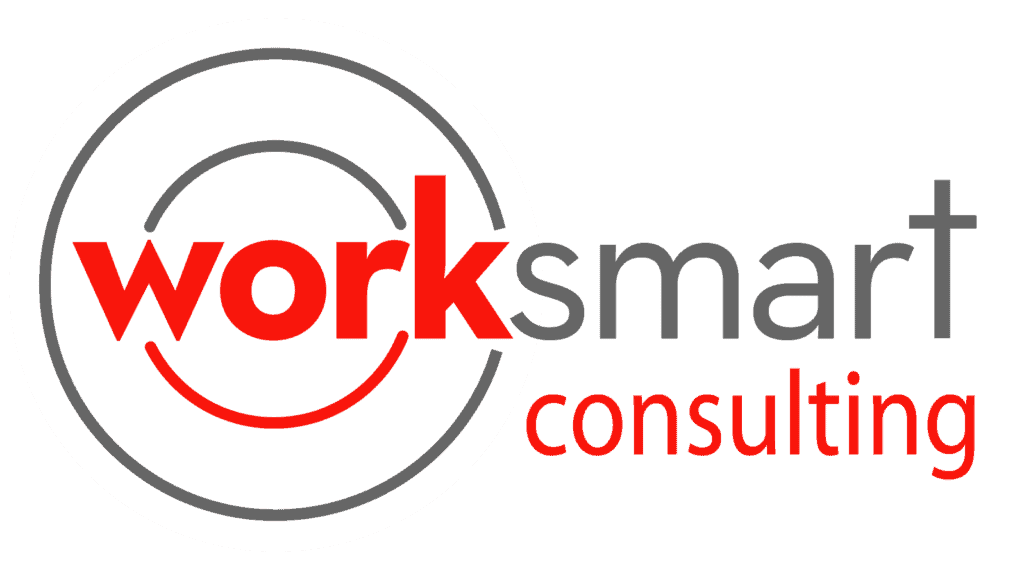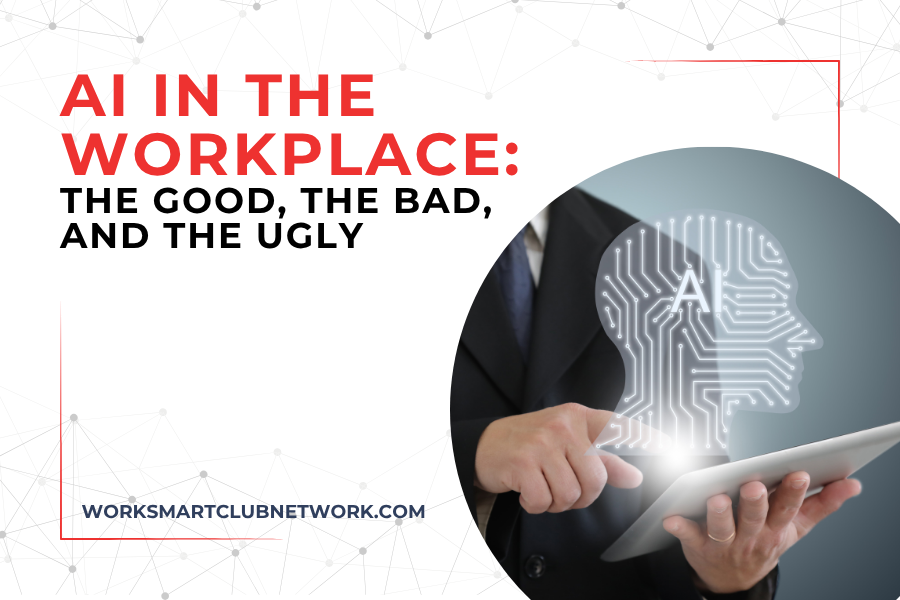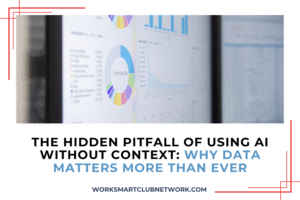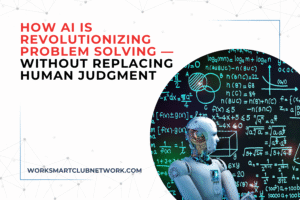Artificial intelligence is no longer just a futuristic concept—it’s a powerful presence reshaping the workplace today. From automating routine tasks to generating data-driven insights, AI tools are transforming industries and workflows across the globe. But as exciting as this shift is, AI also brings challenges and risks that require careful navigation. Understanding the good, the bad, and the ugly sides of AI in the workplace can help organizations and employees leverage its strengths while avoiding pitfalls.
The Good
AI’s biggest advantage lies in its ability to process vast amounts of data quickly and accurately. Tasks that once took humans hours or days can now be completed in minutes. For example, AI algorithms can scan millions of documents, emails, or customer interactions to identify trends, flag anomalies, or summarize key points. This speed not only boosts efficiency but also helps businesses make faster, smarter decisions.
Beyond data crunching, AI also enables greater personalization. In marketing, AI analyzes customer behavior to tailor messages and offers that resonate. In recruitment, AI-powered platforms can quickly filter resumes to find candidates who meet specific criteria. These capabilities free up human workers to focus on creative problem-solving, strategic planning, and building relationships—areas where AI still falls short.
The Bad
Despite its promise, AI is not without flaws. One of the biggest challenges is the risk of biased or incomplete data skewing results. AI systems learn patterns from historical data, so if that data reflects existing prejudices or gaps, the AI may reinforce those biases. For instance, some hiring tools have inadvertently favored certain genders or ethnicities because the training data lacked diversity.
Another concern is overdependence on AI outputs without human review. AI can generate reports or recommendations that sound plausible but may be inaccurate or misleading if unchecked. Relying solely on AI can create blind spots where errors go unnoticed until they cause real problems.
The Ugly
The darker realities of AI include ethical dilemmas and workforce disruption. As automation replaces some routine roles, there are valid fears about job losses and widening inequality. This shift demands proactive reskilling efforts and thoughtful workforce planning to help employees transition into new roles that complement AI.
Privacy is another major concern. AI systems that collect and analyze personal data raise questions about consent and surveillance. Without transparent policies and strict data protection measures, AI can erode trust between employers and employees, or between companies and customers.
Moreover, AI’s use in spreading misinformation, deep fakes, or manipulative content threatens social trust and security. These risks highlight the urgent need for ethical frameworks guiding AI development and deployment.
Using AI Wisely
To maximize AI’s benefits, context is everything. AI tools don’t understand the unique nuances of your business or industry unless they are fed relevant, accurate data upfront. Without this foundation, AI-generated responses can be generic, irrelevant, or even misleading.
Human judgment remains essential in framing problems, interpreting AI outputs, and making final decisions. AI is excellent at collating large datasets and suggesting solutions for complex, multi-dimensional problems, but it cannot replace human creativity, critical thinking, or ethical reasoning.
Leaders who embrace AI as a tool—not a replacement—will find the best balance. Providing training for employees to work alongside AI systems encourages collaboration and innovation. When humans and AI combine their strengths, businesses unlock new levels of productivity and problem-solving ability.
AI is a powerful, transformative technology with enormous potential to enhance work processes. But it comes with serious responsibilities. Ethical use, transparency, ongoing human oversight, and thoughtful integration into workflows are key to harnessing AI’s full potential while minimizing risks.
By understanding the good, the bad, and the ugly of AI, organizations can create workplaces that are more efficient, creative, and fair—ready for the future without sacrificing human values.






Responses